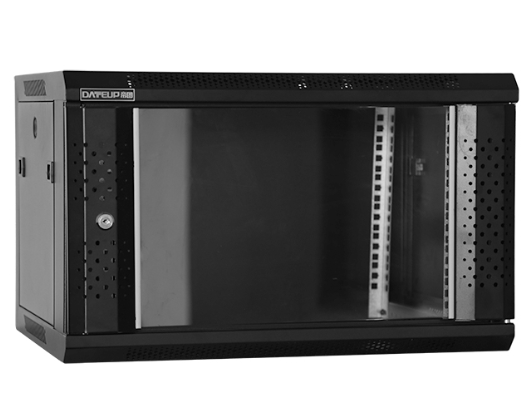News
Site Editor
 Site
https://leonetworkgroup.usa18.wondercdn.com/uploads/image/5fe152faa587d.png
SFP (small form-factor pluggable) modules are used for transmitting and receiving data over optical and copper cables in networking and telecommunication applications. They are interchangeable and can be easily replaced or upgraded without affecting the entire system. However, choosing the right SFP module for your network can be a daunting task due to the variety of options available in the marke
Site
https://leonetworkgroup.usa18.wondercdn.com/uploads/image/5fe152faa587d.png
SFP (small form-factor pluggable) modules are used for transmitting and receiving data over optical and copper cables in networking and telecommunication applications. They are interchangeable and can be easily replaced or upgraded without affecting the entire system. However, choosing the right SFP module for your network can be a daunting task due to the variety of options available in the marke
How To Choose Sfp Module
Views: 605
Author: Site Editor
Publish Time: 2023-07-17
Origin: Site
SFP (small form-factor pluggable) modules are used for transmitting and receiving data over optical and copper cables in networking and telecommunication applications. They are interchangeable and can be easily replaced or upgraded without affecting the entire system. However, choosing the right SFP module for your network can be a daunting task due to the variety of options available in the market. Here are some factors to consider when choosing an SFP module.
1. Compatibility: The first and most important factor is compatibility with your existing network equipment. You need to ensure that the SFP module is compatible with the specific make and model of your switch or router. Some vendors may use proprietary coding to make their SFPs work only with their own equipment. Therefore, you should check the documentation or consult with the vendor before purchasing an SFP module.
2. Transmission distance: SFP modules are available in different types based on their transmission distance. The distance can range from a few meters to several kilometers. Choosing the right module depends on the distance between the two devices you want to connect. If the distance is short, you may opt for a multimode fiber SFP or a copper SFP. For longer distances, you may need a single-mode fiber SFP.
3. Data rate: The data rate of the SFP module is another crucial factor to consider. Different modules offer different speeds, ranging from 100Mbps to 100Gbps. You should choose the module that matches the data rate of your network devices. If you have a network device that supports 1Gbps, there is no need to purchase a module that can support speeds of 10Gbps or higher.
4. Wavelength: SFP modules transmit data by light waves. Different SFPs have different wavelengths, and you need to match the wavelengths of the transmitting and receiving modules. Usually, the SFP module vendor will provide the specific wavelength range that matches your equipment.
5. Duplexing: SFP modules can be simplex or duplex. Simplex allows data to travel in only one direction, while duplex allows data to travel in both directions. You need to choose the right module based on your network topology and the number of fibers available.
6. Environment: The SFP module you choose should be able to operate safely in the environment where it will be deployed. If you will be using the SFP module in harsh conditions such as high temperatures, humidity, or exposure to dust and debris, you should select an SFP module that is designed to withstand these conditions.
In conclusion, choosing the right SFP module for your network requires careful consideration of compatibility, transmission distance, data rate, wavelength, duplexing, and environmental factors. By following these guidelines, you can ensure that the SFP module you choose will provide reliable, high-performance connectivity for your network.
If you want to know more about industrial network cabinet,china fiber optic splice closure,china fiber optic distribution box,please consult the fiber optic splice closure factory









